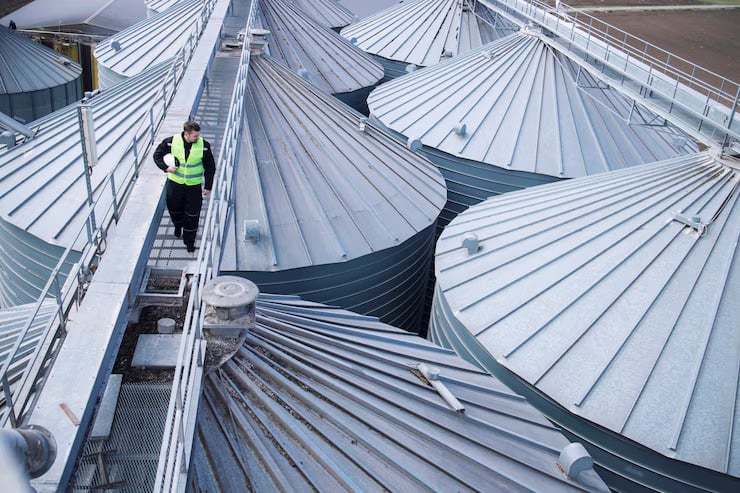Not the military kind, the industrial ones. The massive structures that hold water, fuel, chemicals, or whatever else your facility depends on to function smoothly. If you’ve ever been around one long enough, you know they’re kind of like people: they age, develop issues, and if you ignore them long enough, they’ll throw a tantrum. An expensive, hazardous one.
So how do the best in the business stay one step ahead of that drama?
They’re using digital twins — and no, that’s not a sci-fi term. It’s real. It’s happening. And it’s changing how we think about tank inspection companies and maintenance. Buckle up.
Wait, What’s a Digital Twin Anyway?
Let’s not overcomplicate this. A digital twin is basically a super-detailed virtual replica of your actual tank. Think of it as a living, breathing 3D model that updates in real-time (or close to it), thanks to sensors, inspection data, and smart software.
But it’s more than just a cool visual. It’s a predictive tool.
It tracks every stress point, pressure change, temperature swing, corrosion spot — all the little things that eventually lead to big problems. It’s like giving your tank a Fitbit, MRI, and psychic powers all at once.
From Reactive to Predictive — That’s the Shift
Most companies still treat tanks like old cars. You wait until something rattles or leaks, then you fix it. That’s called reactive maintenance, and it’s a surefire way to end up with costly downtime, emergency repairs, or worse — safety violations.
Now, the smarter companies? They’ve moved to predictive maintenance. And that’s where digital twins shine.
Using the virtual model, inspectors and engineers can simulate what’s going to happen down the line. They can say, “Hey, based on pressure data from the last six months and the corrosion we saw in Zone B, this thing’s going to crack by fall if we don’t intervene.”
That kind of insight? Priceless.
Real-Time Data = Real-Time Decisions
Here’s where it gets even cooler. When a digital twin is connected to real-time data from sensors (and yes, we’re talking industrial-grade IoT stuff), it gives your inspection team a live feed of your tank’s health.
Picture it: you’re sitting in your office, sipping your third coffee, and you get a dashboard alert that Tank 4’s internal pressure is trending out of normal range. You check the twin, see where the stress is building, and dispatch an inspection crew before anything bursts, leaks, or explodes.
No guesswork. No panic. Just fast, informed action.
Not All Inspection Companies Are There Yet
Here’s the truth — not every inspection company uses digital twins. Some are still clinging to spreadsheets, clipboards, and once-a-year visual checks. And look, we’re not judging, but that’s like using a flip phone in a world full of iPhones.
The best tank inspection services? They’re building digital twins as part of the inspection process. They use drones and 3D scanners to map the tank’s structure, layer in ultrasonic test results, add thermal imaging, and feed all that into a centralized model.
The result? You don’t just get an inspection report — you get a full-blown simulation of your tank’s condition, with forecasts and alerts baked in. That’s next-level value.
It’s Not Just for the Big Guys
A common myth is that digital twin tech is only for massive refineries or billion-dollar operations. Not true.
Sure, the early adopters were big energy companies, but the technology’s become a lot more accessible. Today, even mid-sized facilities can tap into it — especially with inspection partners who already have the tools and experience.
If your inspection provider offers digital twin integration, take it. Use it. It’s like going from looking at a blurry photo to watching a 4K video — the difference in clarity and confidence is wild.
Final Thought: Predict the Problem or Pay for the Breakdown
Here’s the reality: tanks fail. It’s just a question of when and how much damage it’ll cause. If you’re still relying on traditional inspections alone, you’re basically flying blind.
Digital twins flip the script. They help you see the future — or at least, enough of it to make smarter choices.
So next time you’re reviewing inspection bids or talking to a vendor, ask the question: “Do you offer digital twin-based predictive analysis?” If they say no, maybe it’s time to find someone who does.
Because in this game, it’s not just about reacting faster — it’s about making sure you don’t have to react at all.

